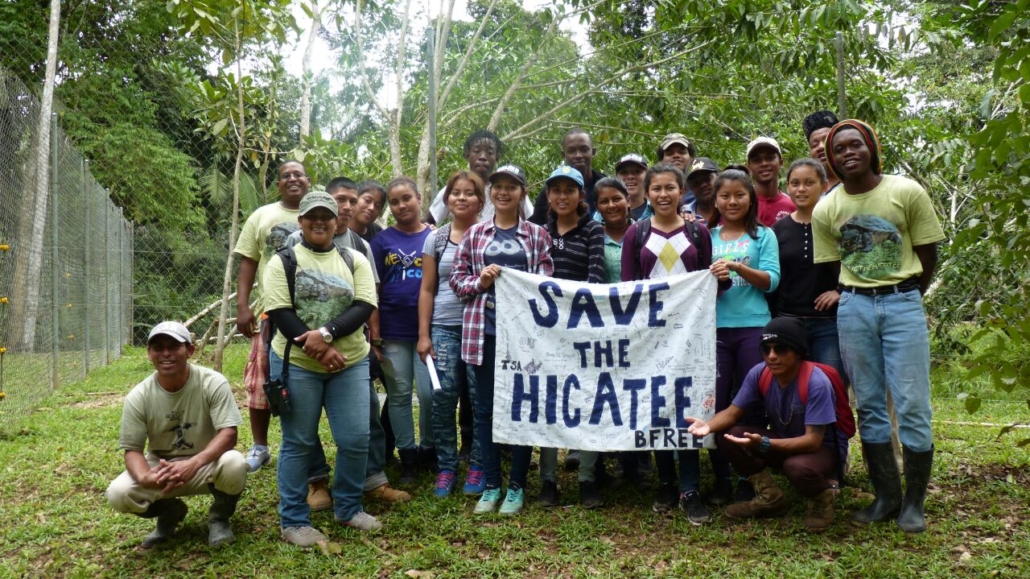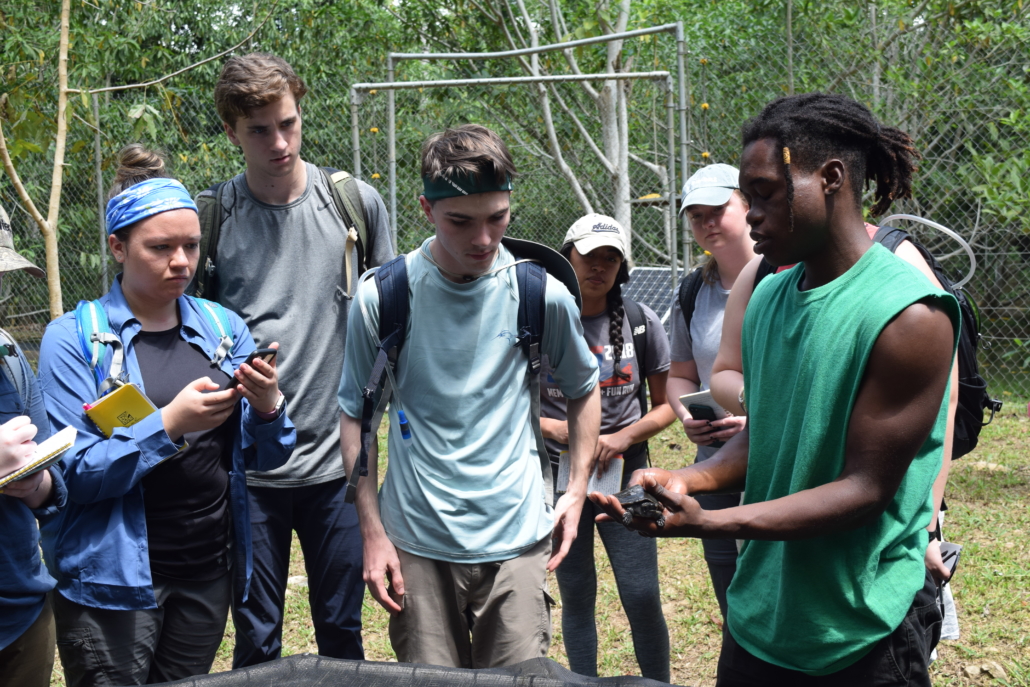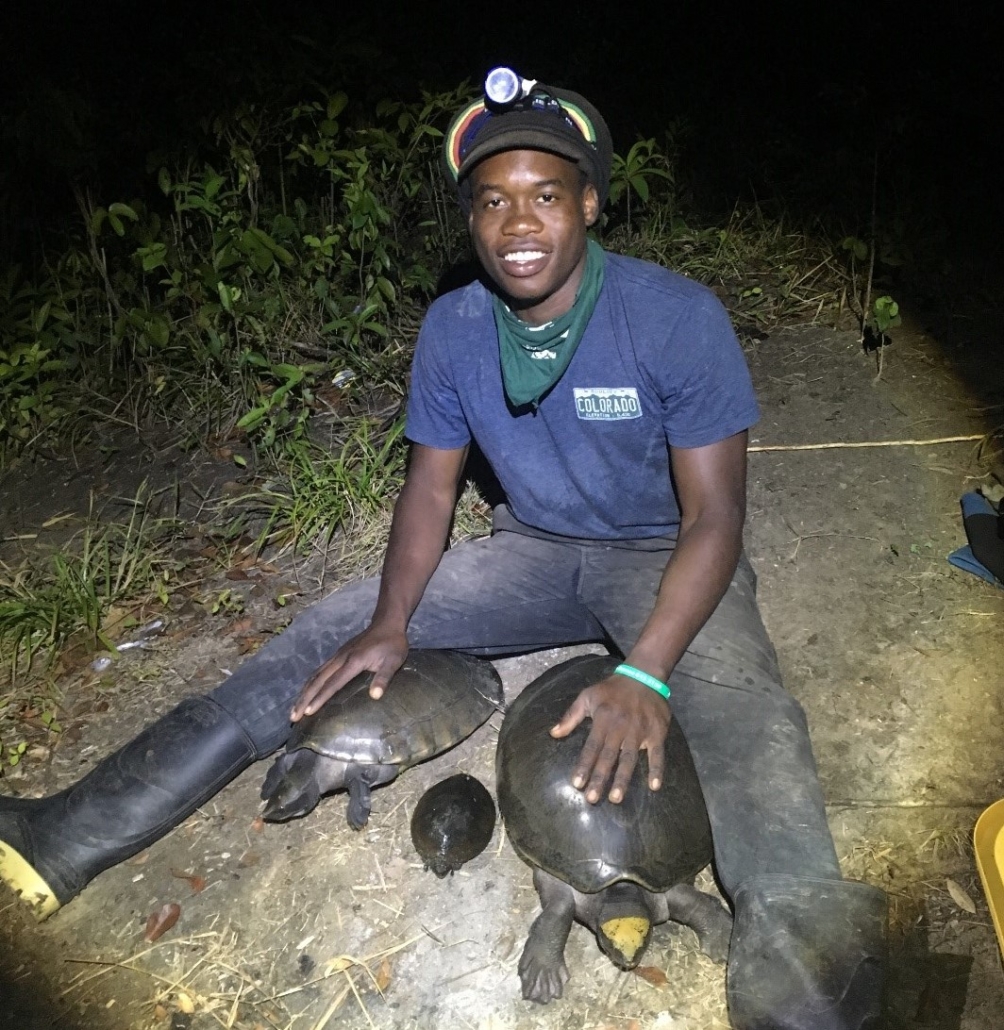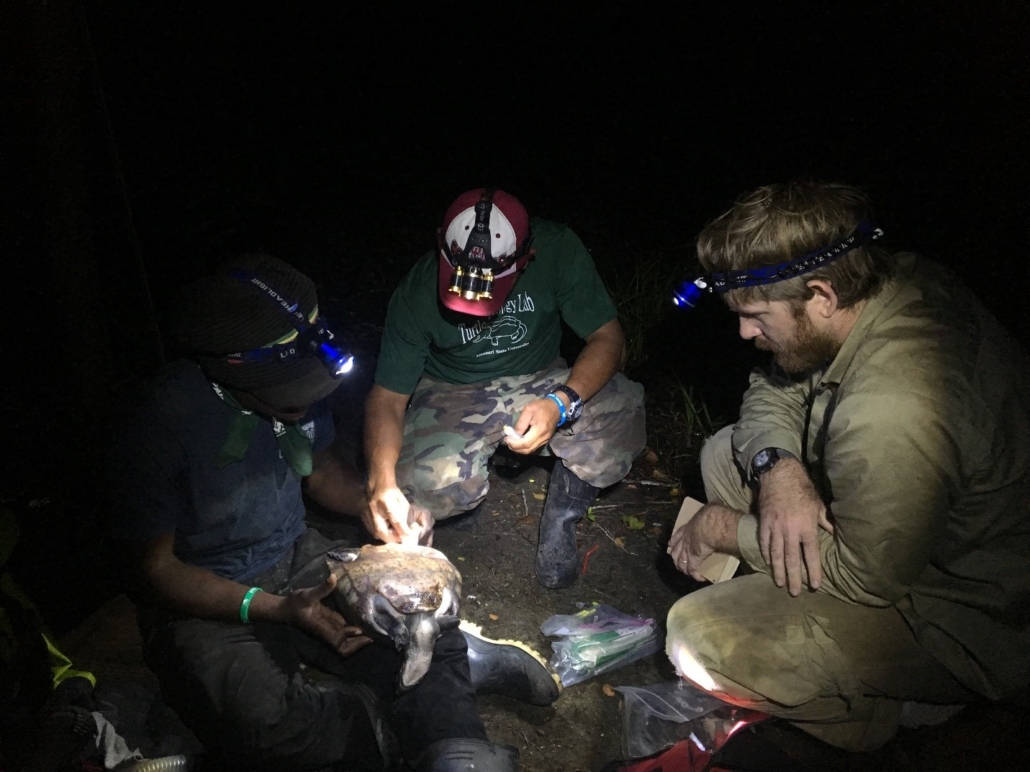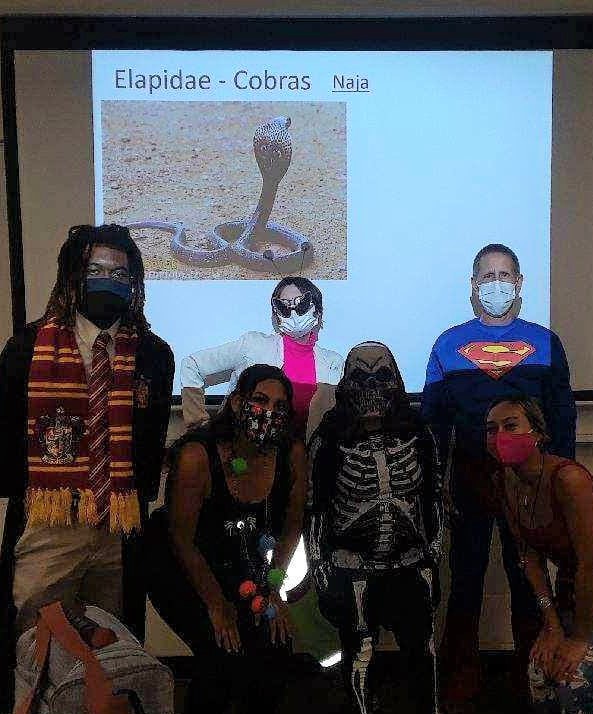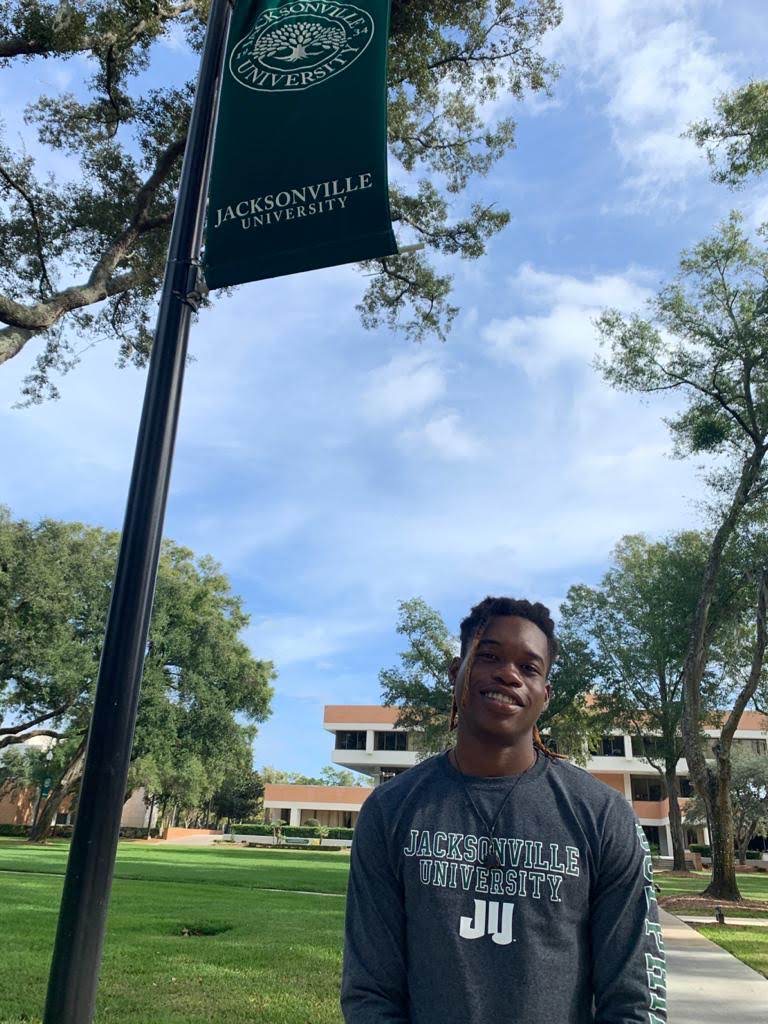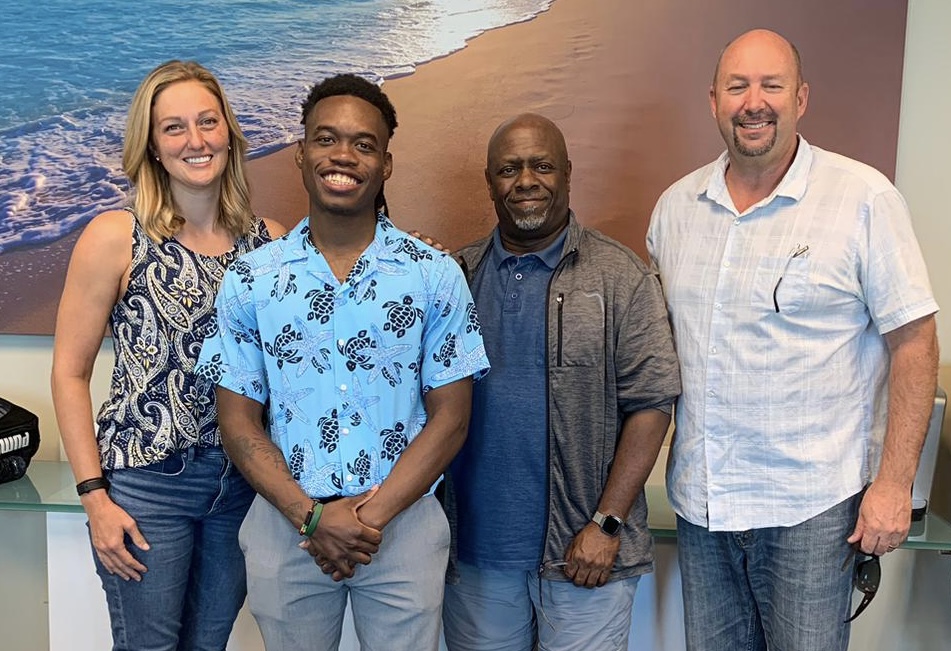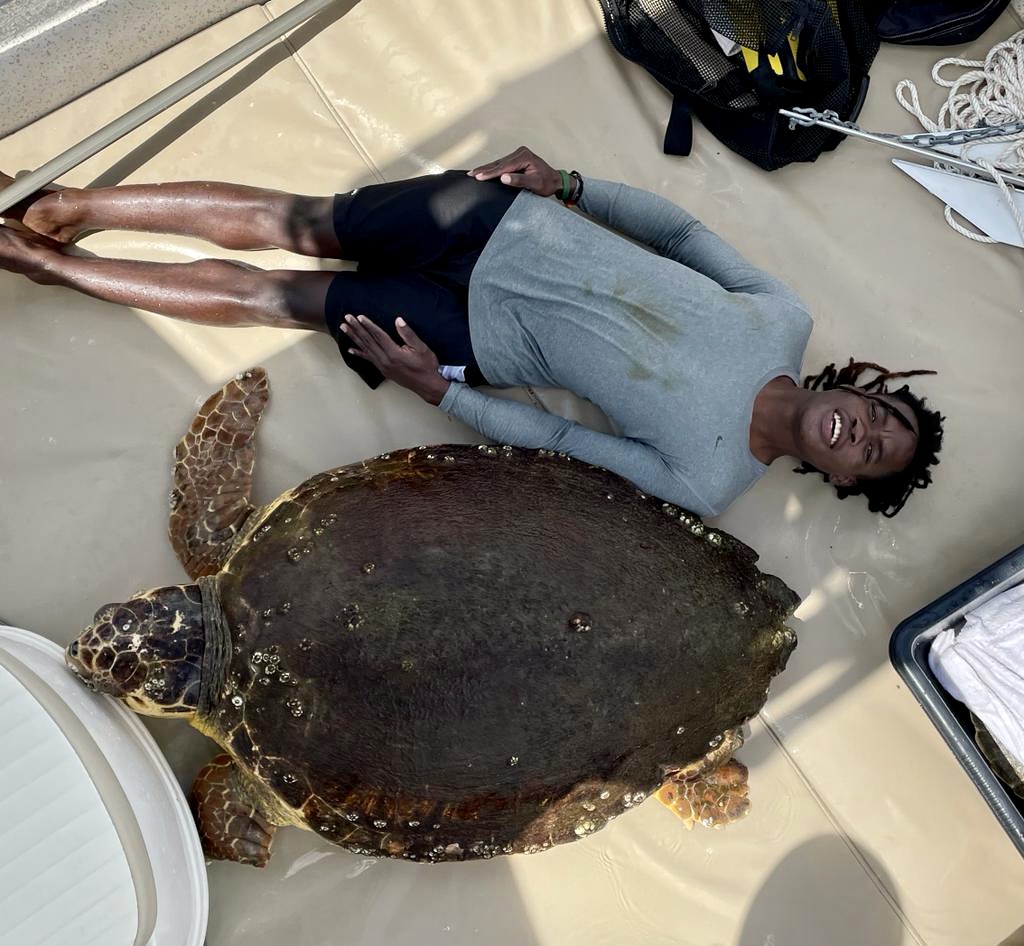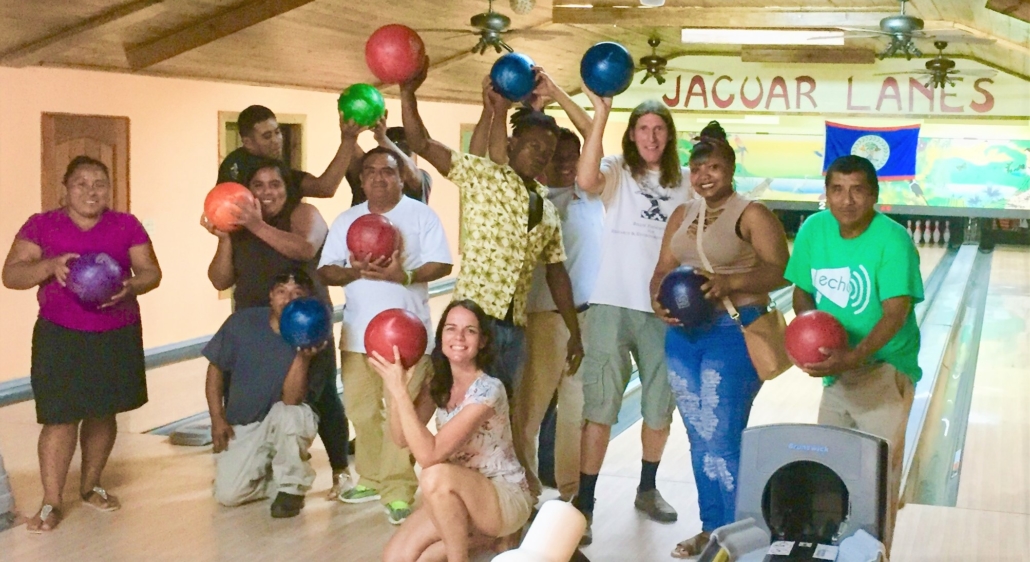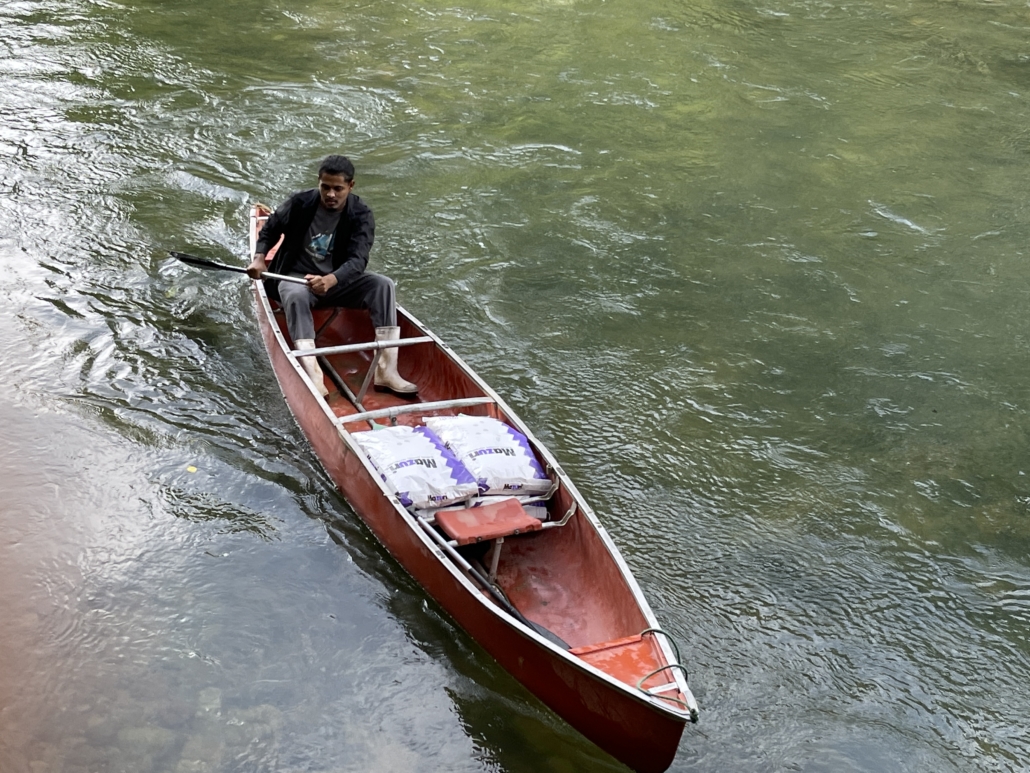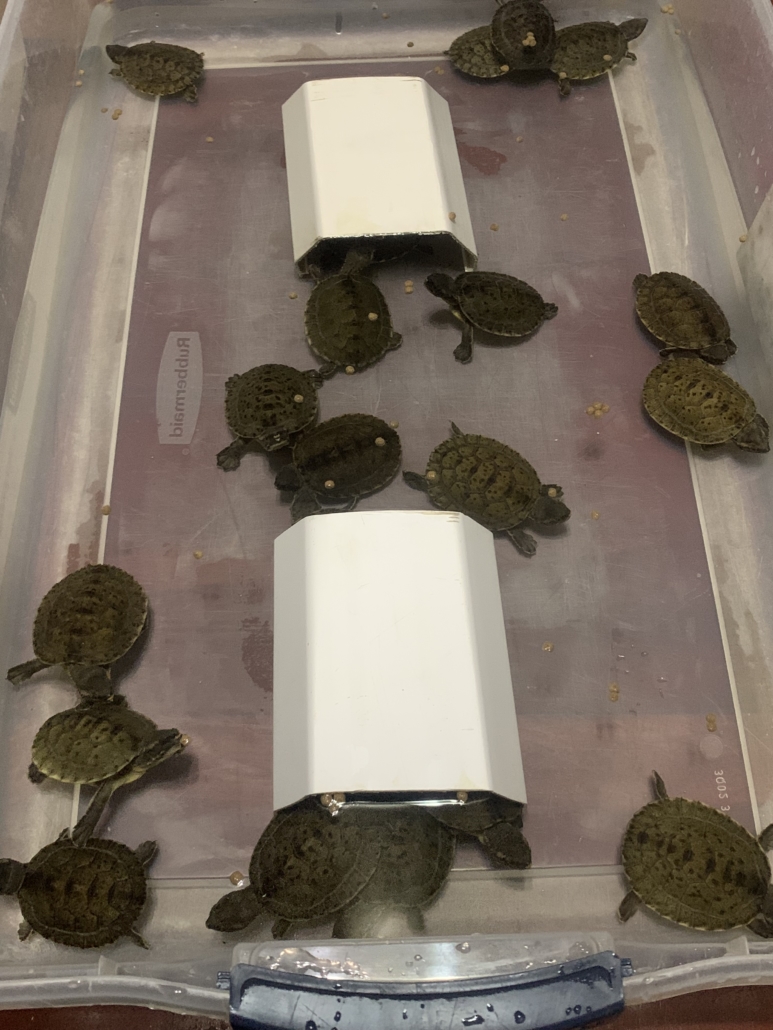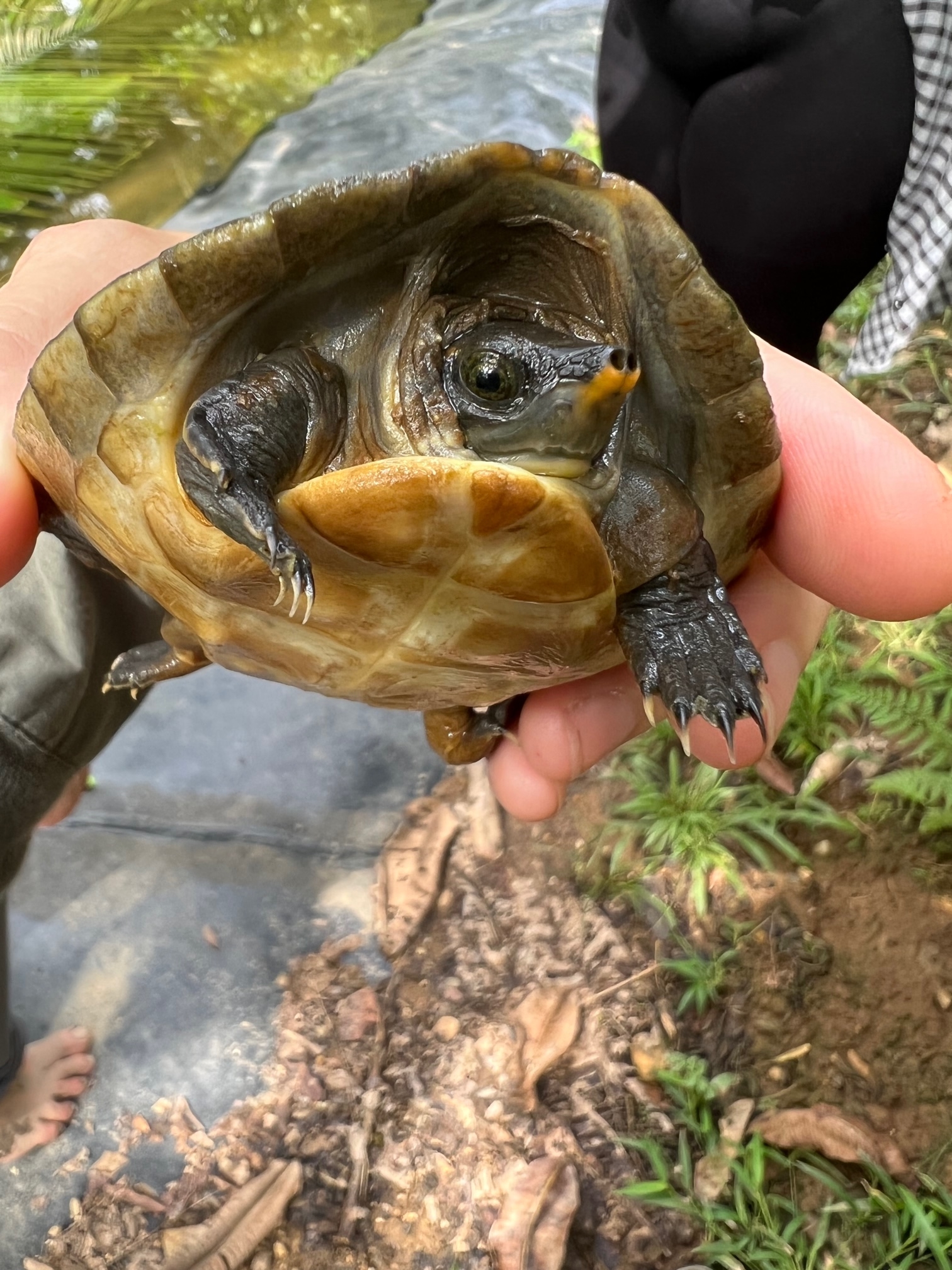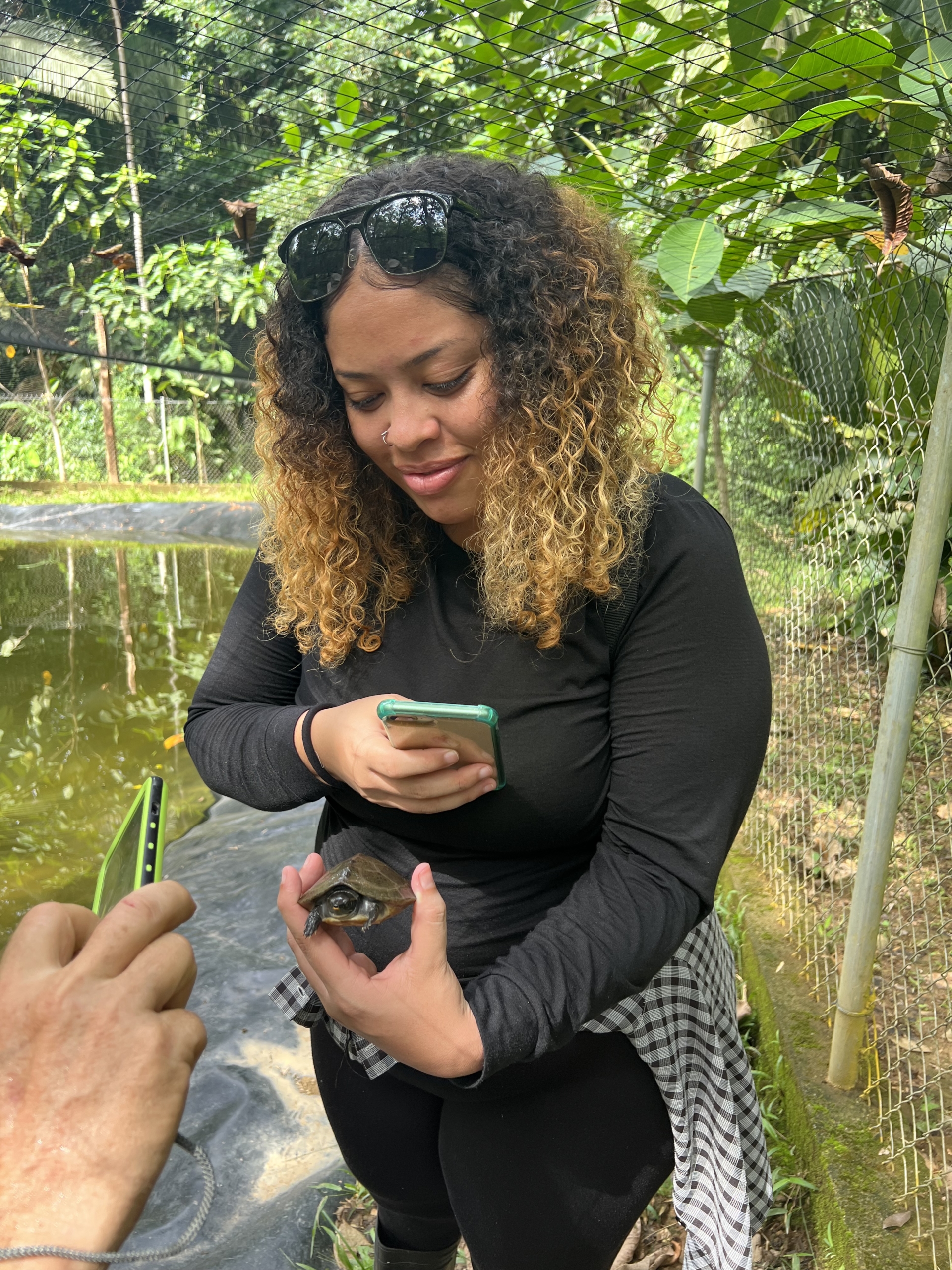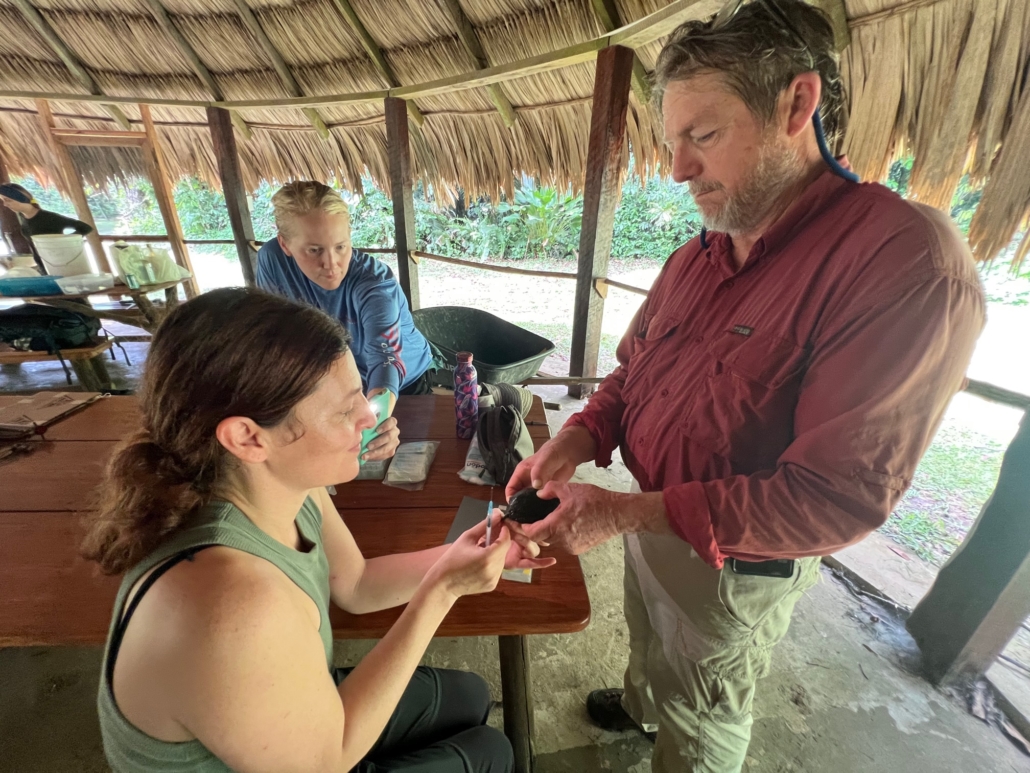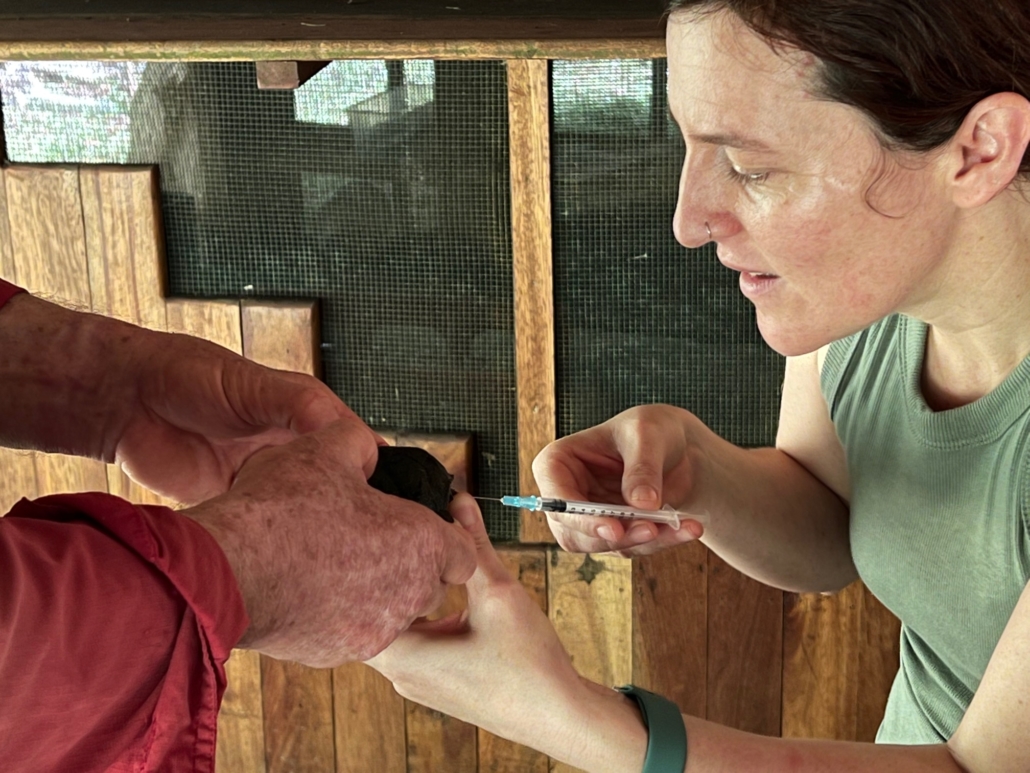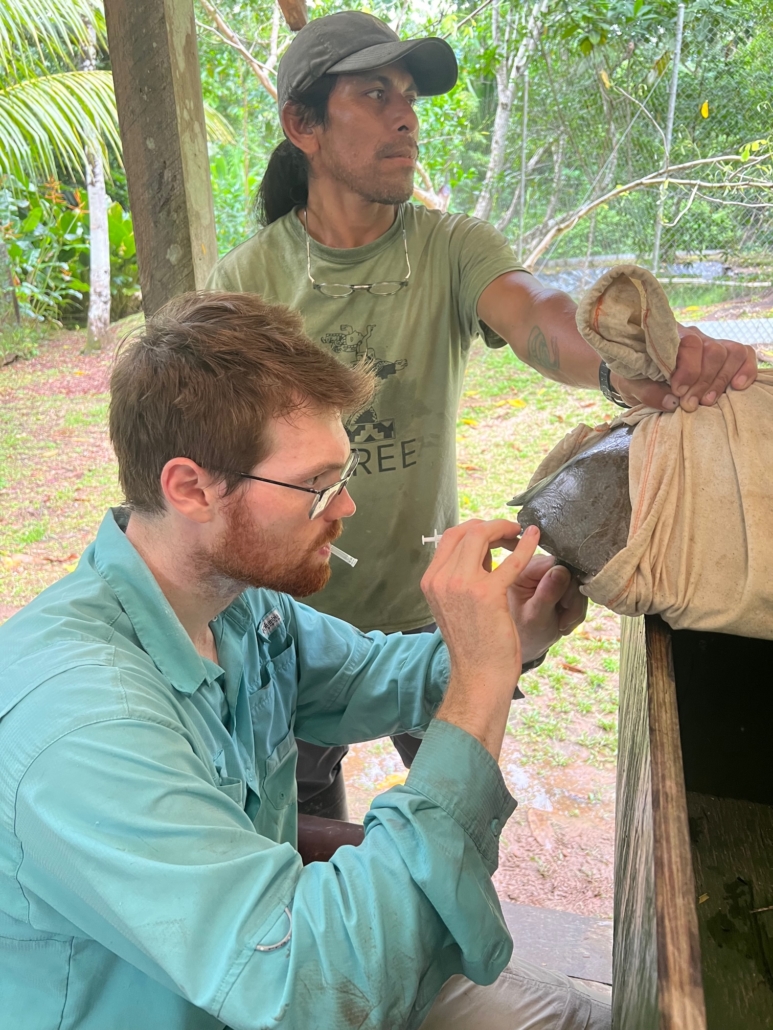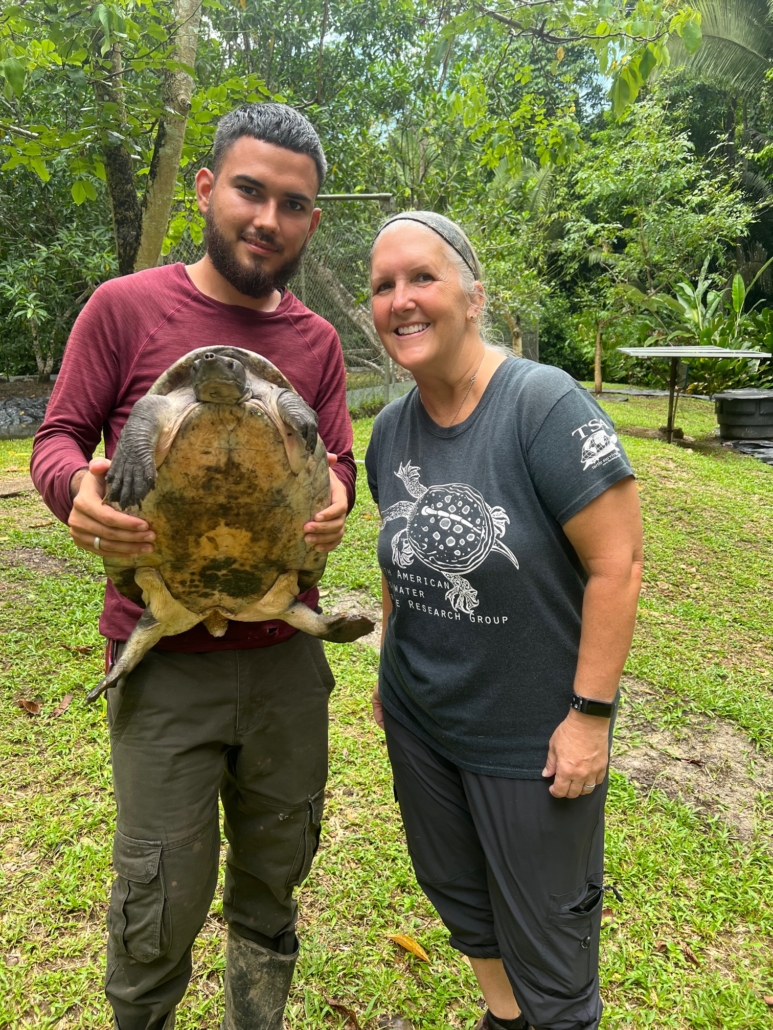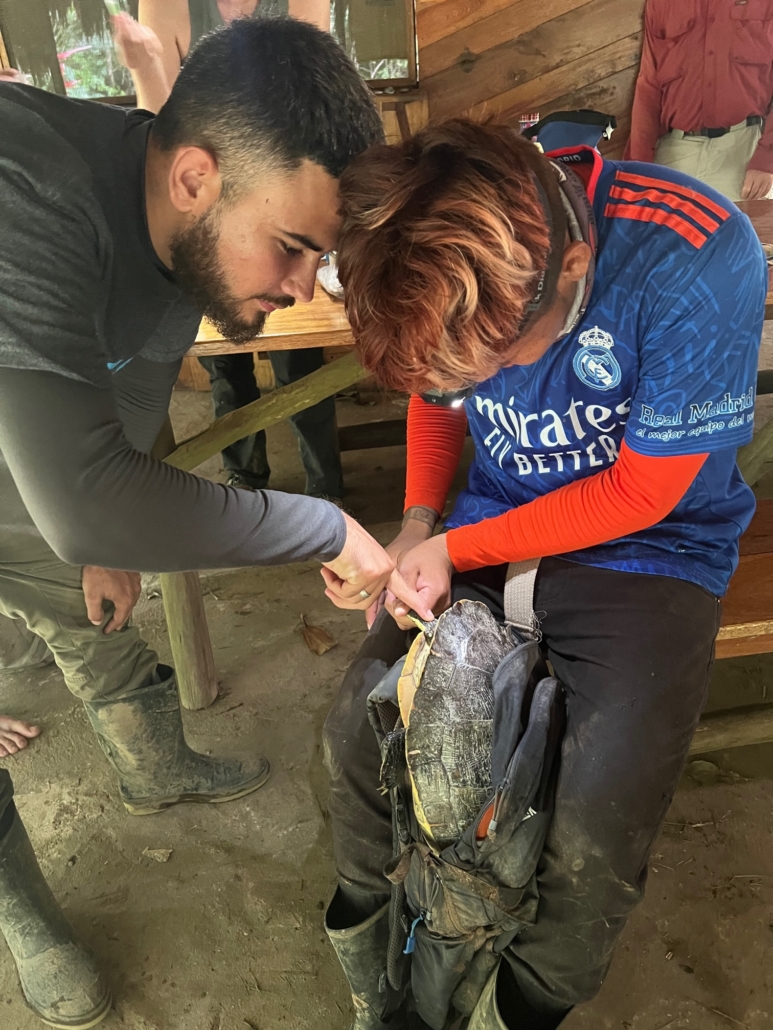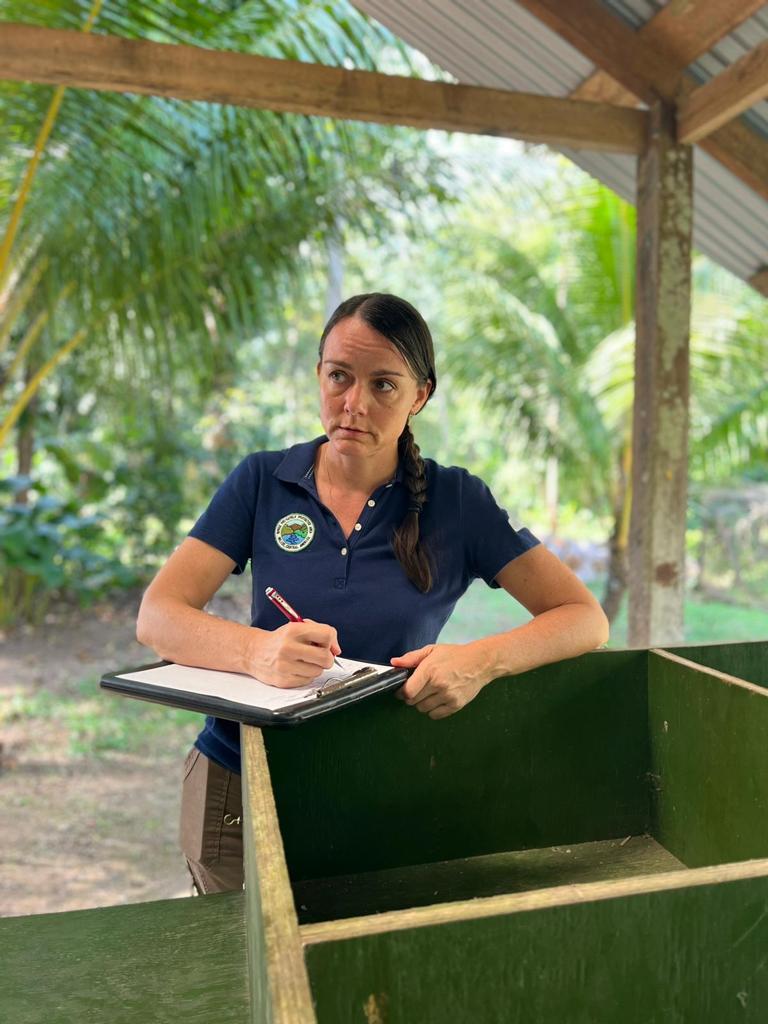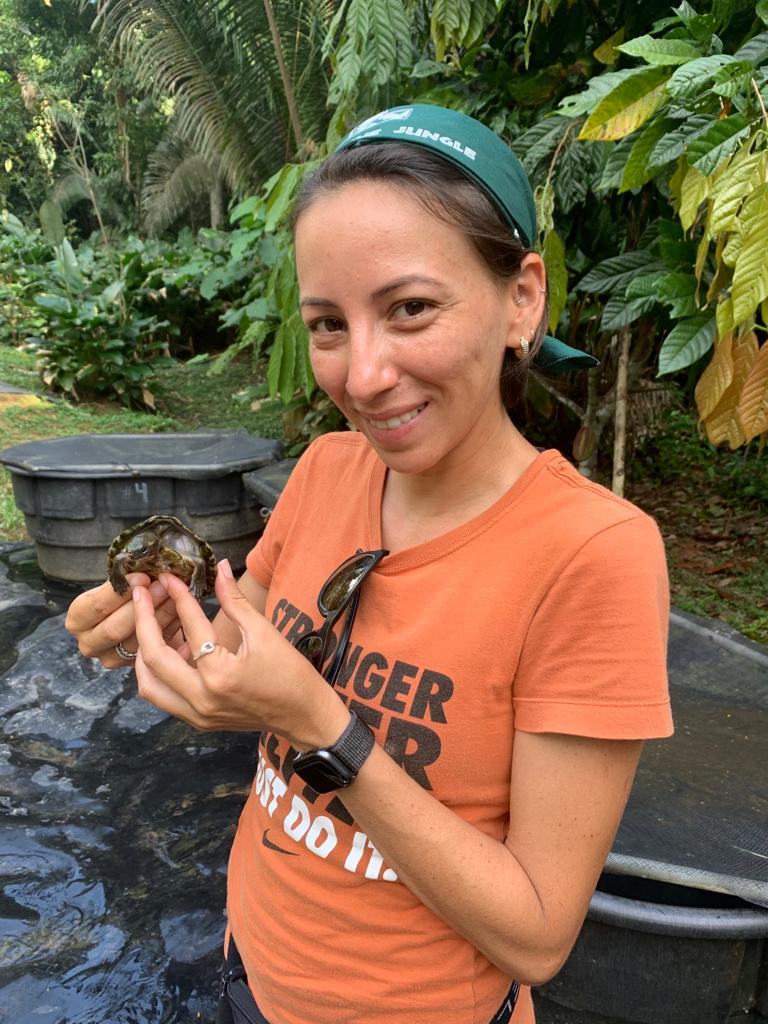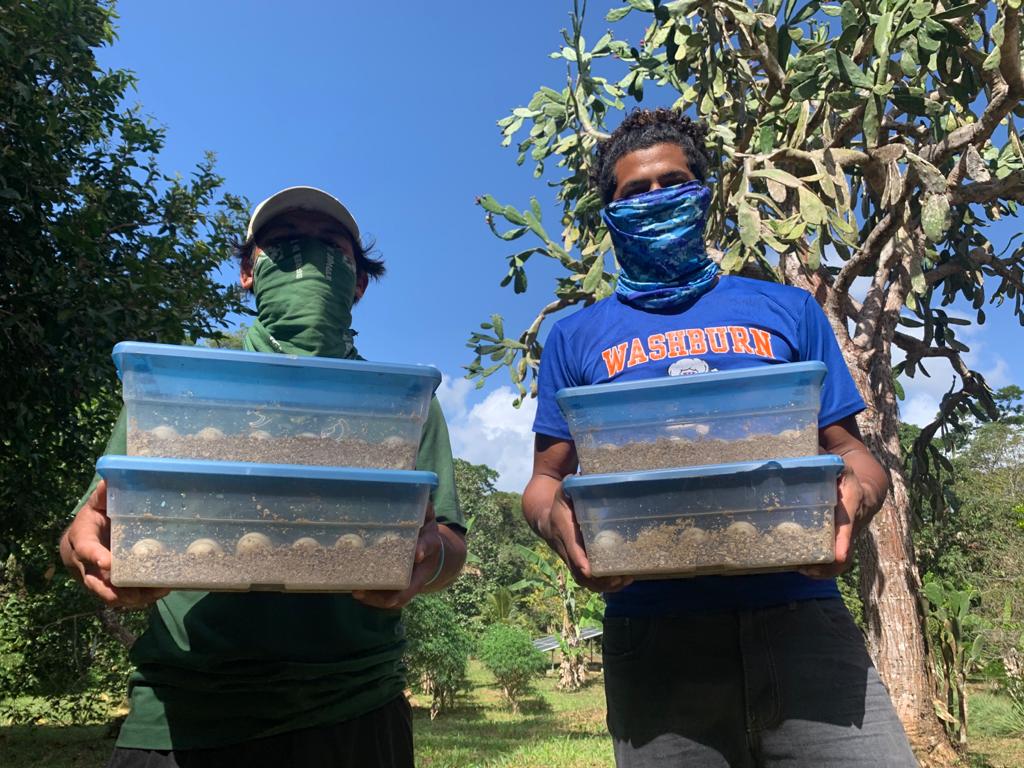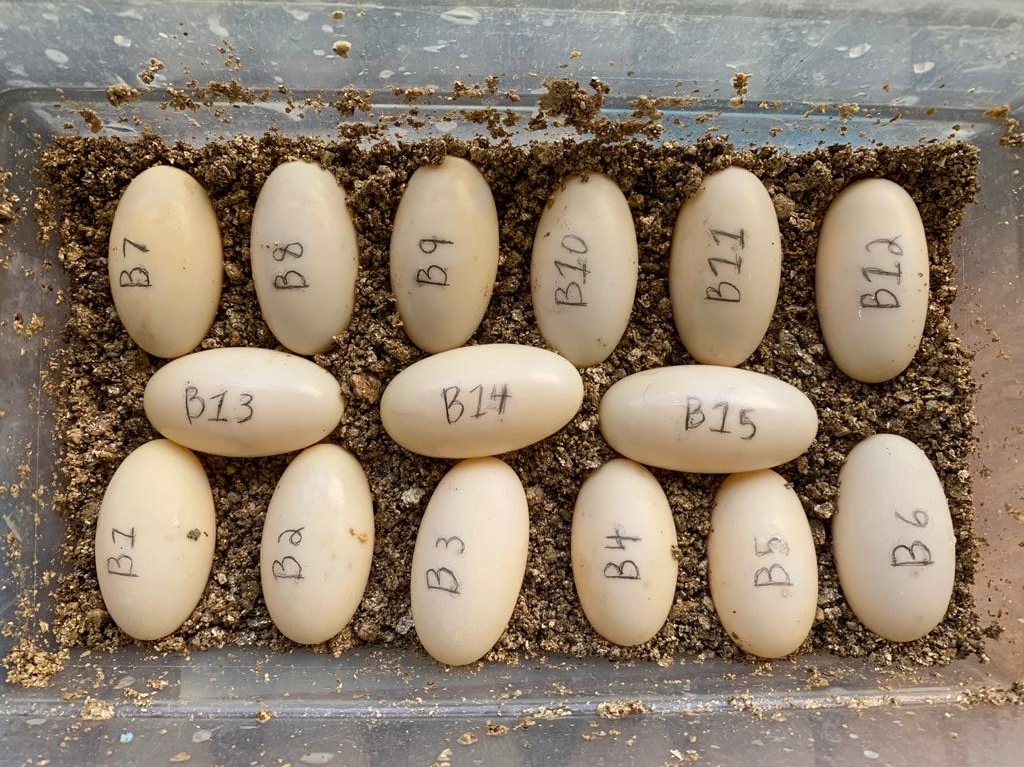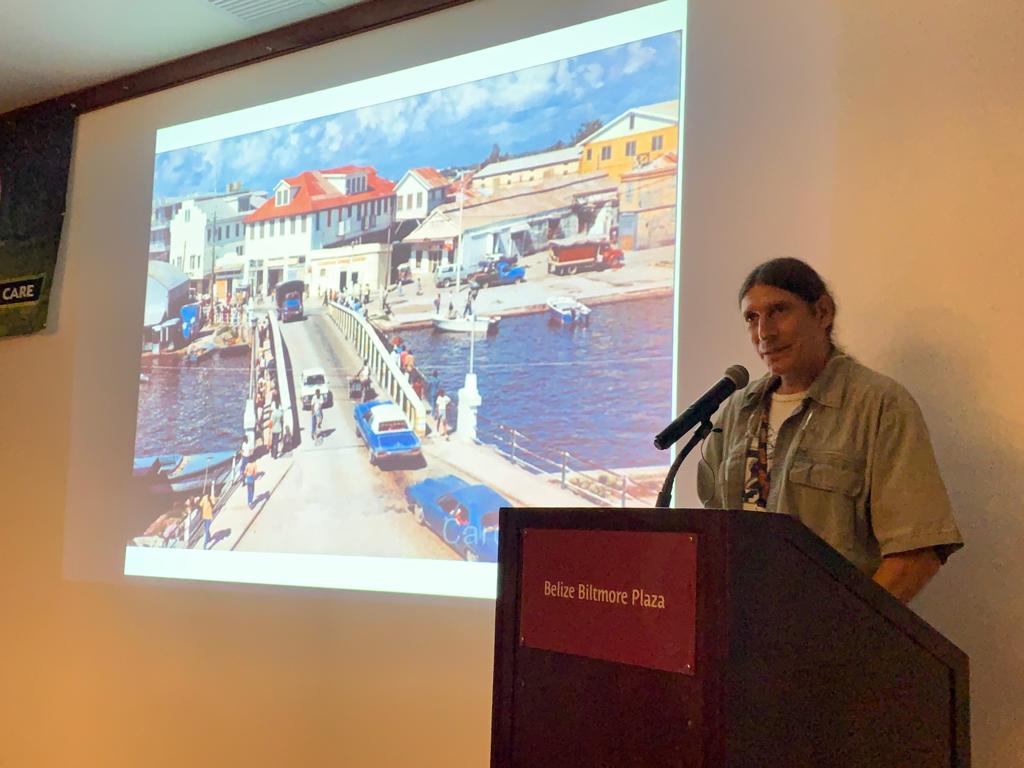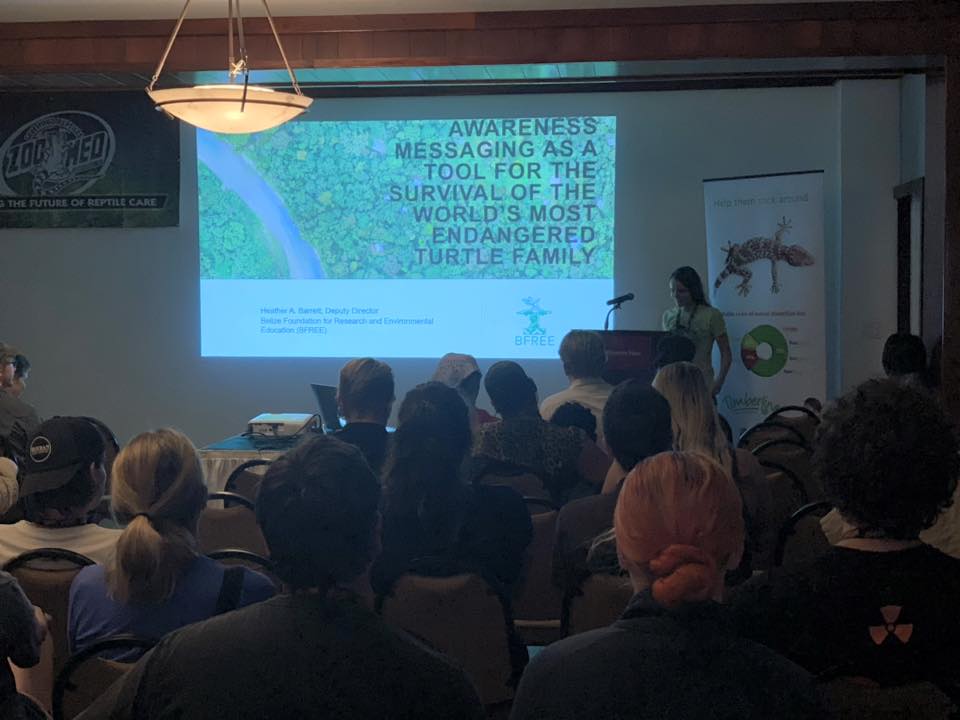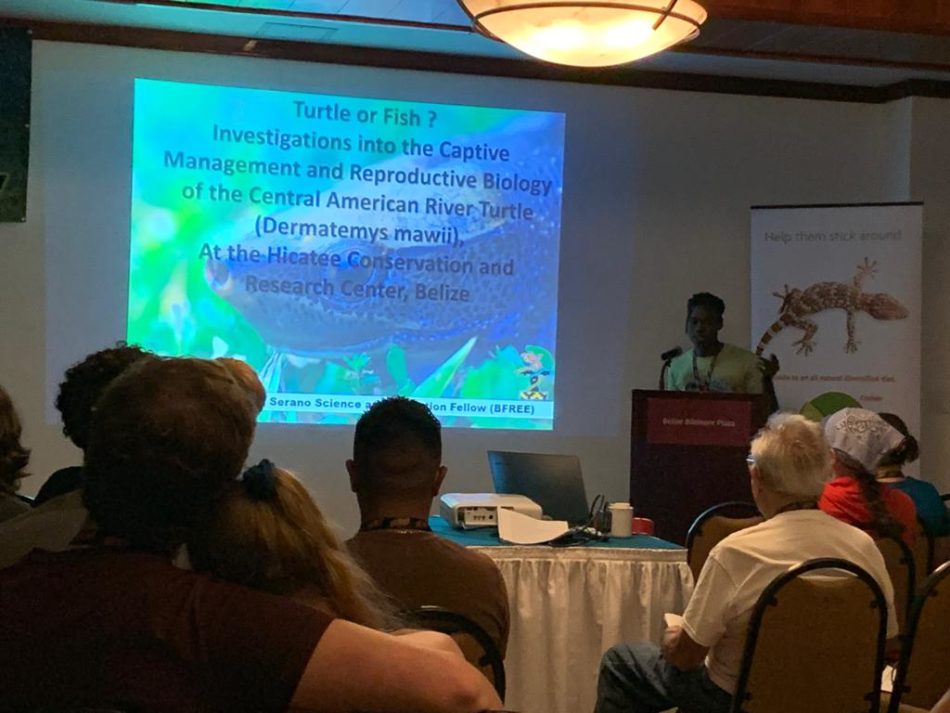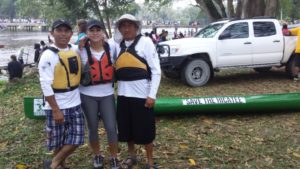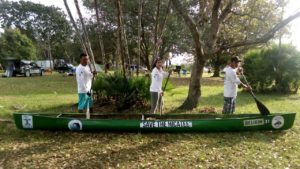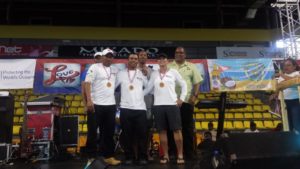The Importance of Involving Local Communities in Conservation
I vividly recall my first time on the Belize River, navigating a canoe while assisting in population surveys for a Hicatee assessment. Despite my Belizean upbringing, my familiarity was primarily inland, leaving the fishing communities’ way of life somewhat foreign to me. Engaging in river-based research marked my initial exposure to the intricate relationship between these communities and the waterway.
The river serves not only as a food source but also as a gathering place for families, where they bond through storytelling and laughter on a relaxing Sunday afternoon. This is a place where elders pass on swimming and life lessons to their grandchildren, while youngsters test their aquatic stamina through diving games. Apart from fishing, the river holds multiple significant meanings to the communities who consider it their backyard.
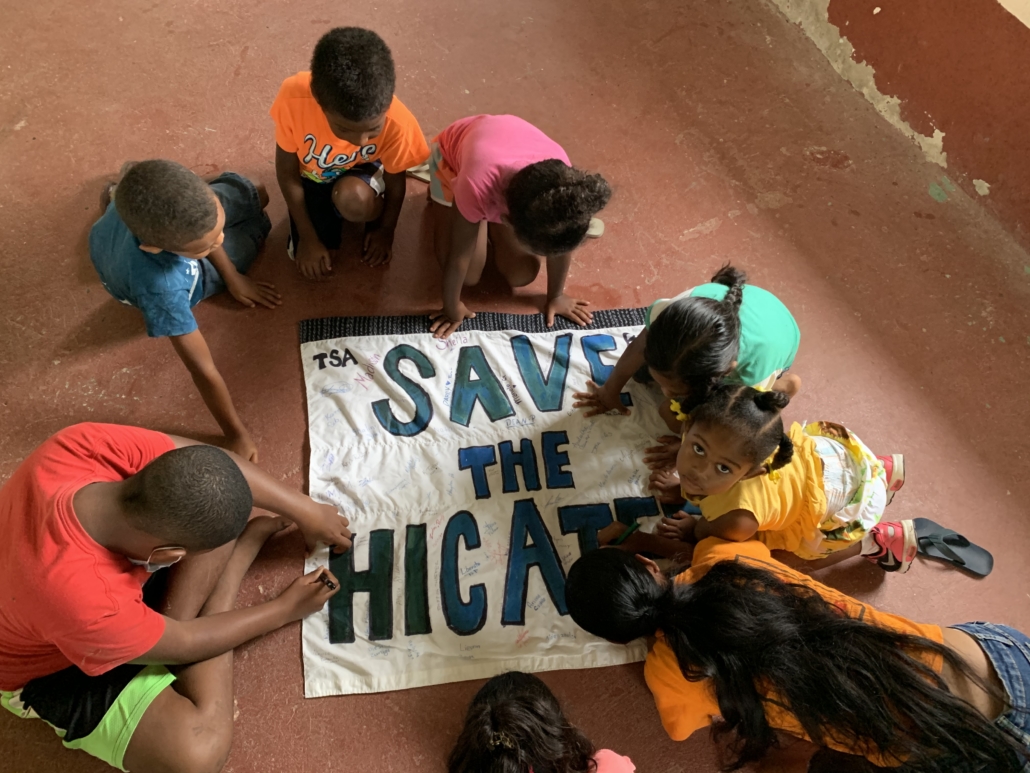
By observing fishing communities seamlessly blend into their environment, I started to see that, even though we all live in the same country, different communities have their own special ways of connecting with the environment we all share. This recognition as well as my recent experience studying abroad has helped me to realize that integrating local knowledge in the work that we do allows for the development of conservation strategies that are culturally appropriate and tailored to the specific needs of the area.
In Belize, Hicatee turtles have historically been harvested as a traditional and celebratory food source, resulting in a significant decline in their population. The consumption of Hicatee meat holds deep -roots within the Belizean population. I believe it is our responsibility as conservationists with a scientific perspective to consider how we can address this cultural tradition while also preserving the integrity of the species. Local perspectives can help us identify potential conflicts between Hicatee conservation efforts and local needs.
Incorporating these communities in our work can also improve the effectiveness of our research. For example, by communicating with local fishers we can identify areas where Hicatee turtles are in abundance but are being heavily harvested; this information can help us make informed decisions about areas to protect. Hiring dedicated locals as riverkeepers of these protected areas also offers the opportunity to create sustainable livelihoods within target communities. By involving communities in conservation efforts, we hope to foster a sense of ownership and responsibility. When people are valued and engaged, they are more likely to actively participate in protecting their environment as well as the biodiversity that inhabits it.
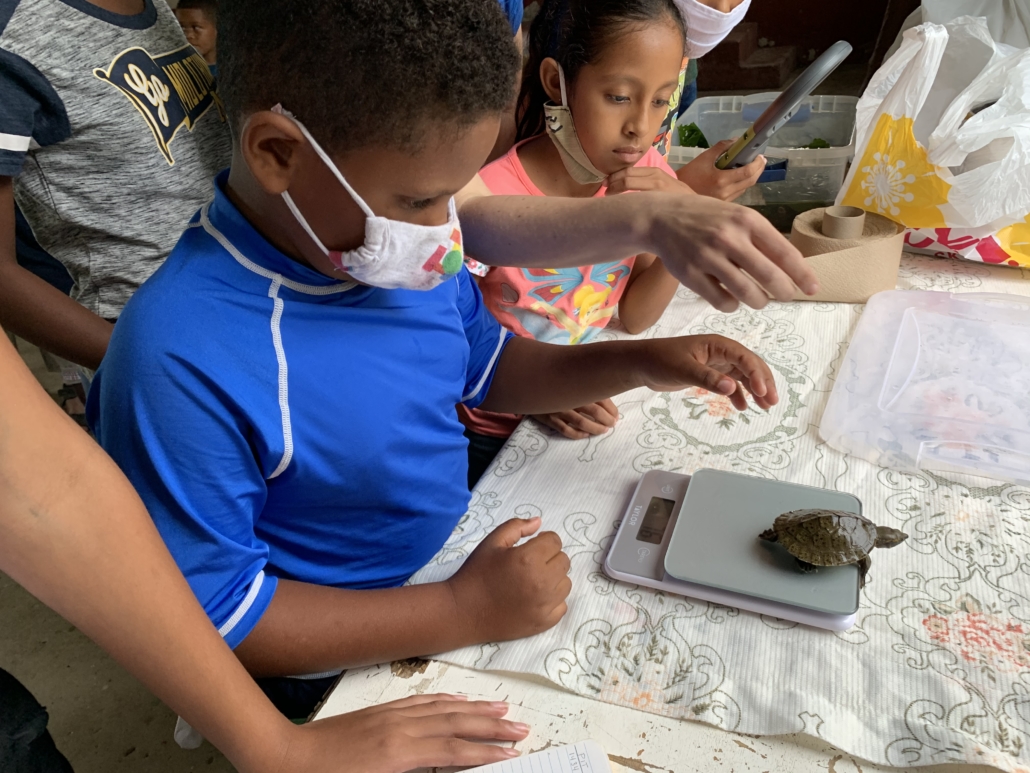
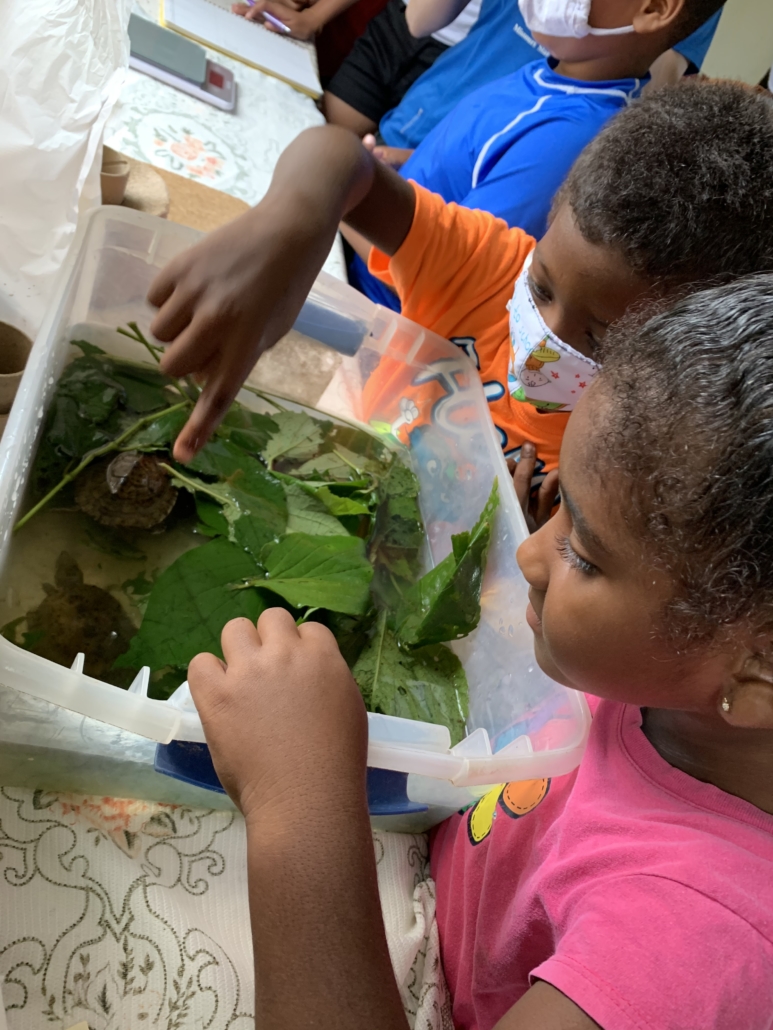
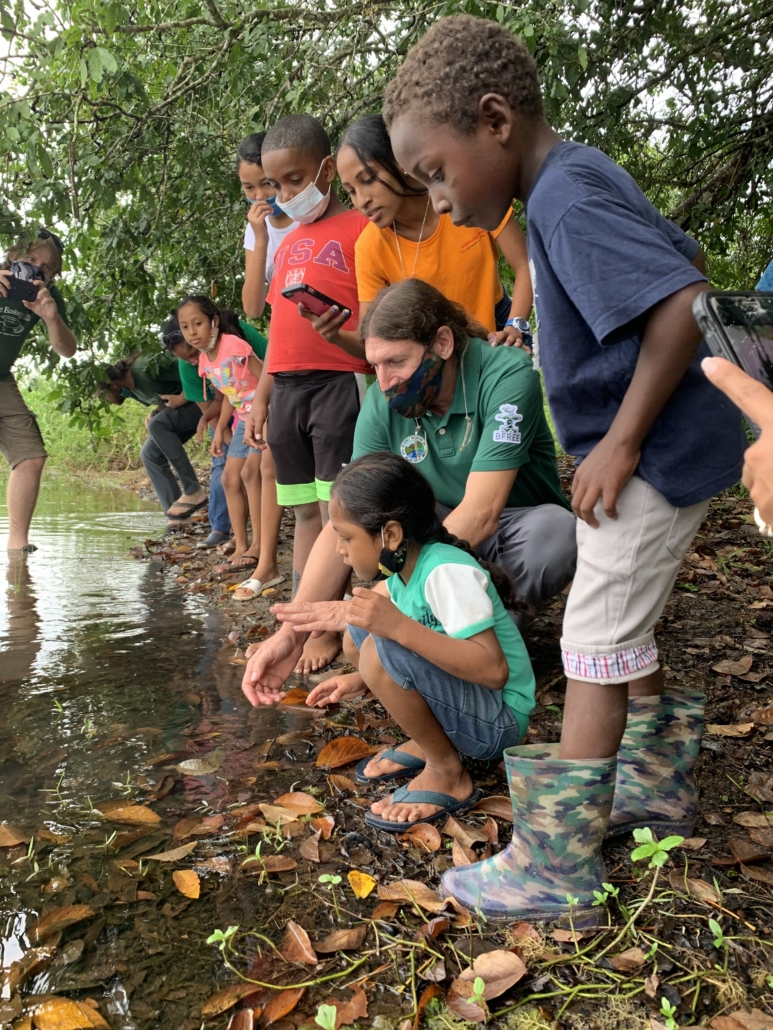
To effectively contribute to the preservation of the Hicatee turtles, it’s crucial to involve community members of all ages, backgrounds and professions in our conservation and research endeavors. Some examples include the involvement of community leaders, local fisherfolks who know every twist and turn of the rivers, the popular food vendors down the street who help to keep the community fed, farmers who provide us with local produce and the dedicated educators who are shaping young minds. In closing, Biodiversity in ecosystems contributes to resilience and adaptability. Similarly, diversity in conservation teams enhances adaptability to changing circumstances and challenges.

